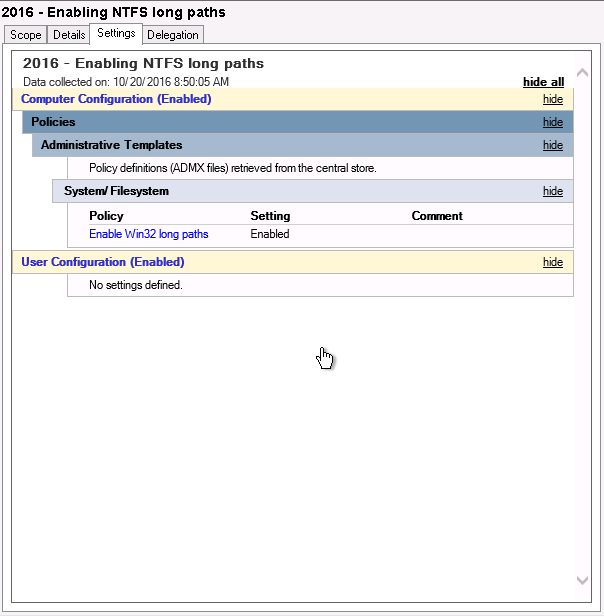

Use CMD again to execute the commands.įirst, you will need to move the files with long file name from the directory: ROBOCOPY c:\testetst1\testetst2\testetst3\longpath\testets.zip c:\tmp\ /MOVE /EĪfter that to delete the files from the source directory: Delete c:\testetst1\testetst2\testetst3\longpath\testets.zip /q /f For example, we will fix below the error when you try to delete long file names. You can use this windows utility to copy or move data. Check the destination if it was successful. Note! Edit xcopy *path to source files* the *path to destination* to your real file path.Īfter click Enter, the file will be transferred. Xcopy *path to source files* *path to destination* /O /X /E /H /K

To enable it go to file explorer and access the view tab. Hint! When you try to rename you don’t see the extension, most probability you don’t have it enabled. Right-click again to rename and revert back the change to “.zip”.You are free to move the file to the new destination.To rename the file right-click and click to “rename”.Please keep in mind that the file will not work if you don revert back to. txt and copy/delete/move to the new destination.
LONG PATH TOOL FREE ZIP FILE
If for example you have a zip file just rename. txt files have a higher limit while transferring. Temporarily rename the file extension to textĪccording to Microsoft. This method is applicable when you have a few files/folders to move/delete/copy. This is not always applicable and especially if you have a lot of files that are exceeding the length limit. Execute your operation to see whether the issue goes away and if not continue with the next steps.
LONG PATH TOOL FREE FULL
Rename the parent folder to decrease the full path length.

This is a simple way and we will start from this. READ ALSO - Best Solutions to fix error code 10 "The device cannot start" Temporary Solution: Shorten the name of the parent folder


 0 kommentar(er)
0 kommentar(er)
